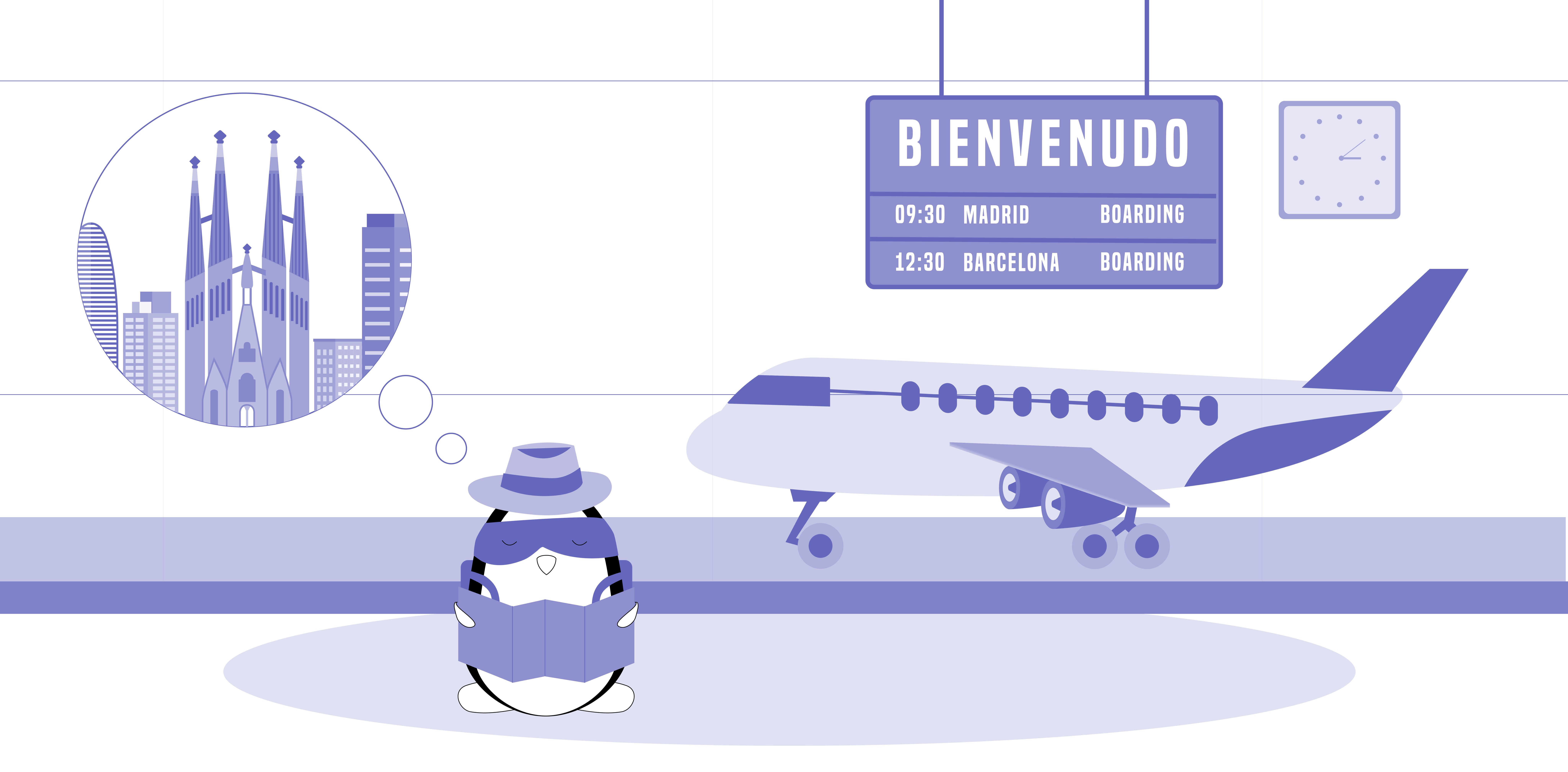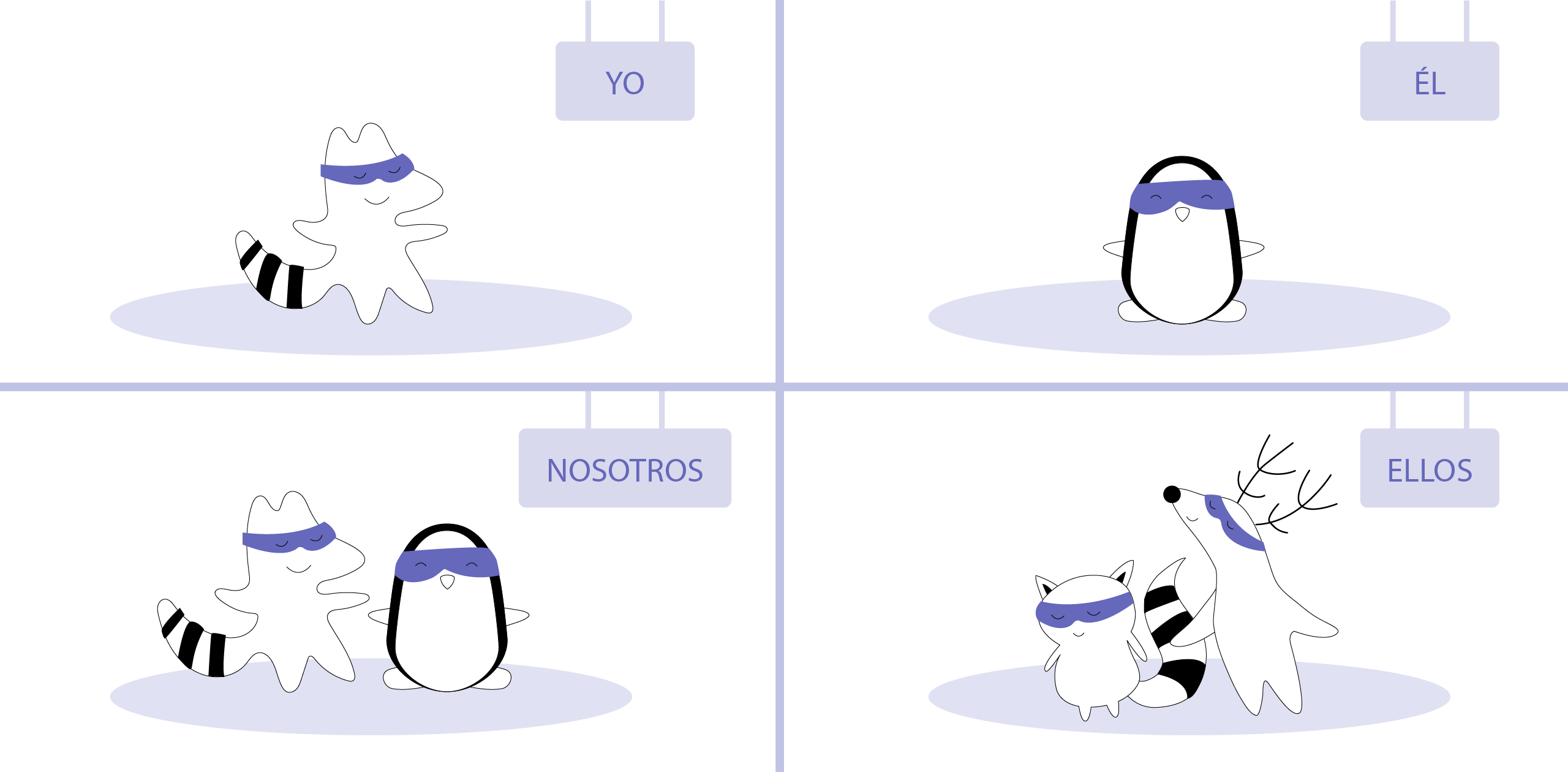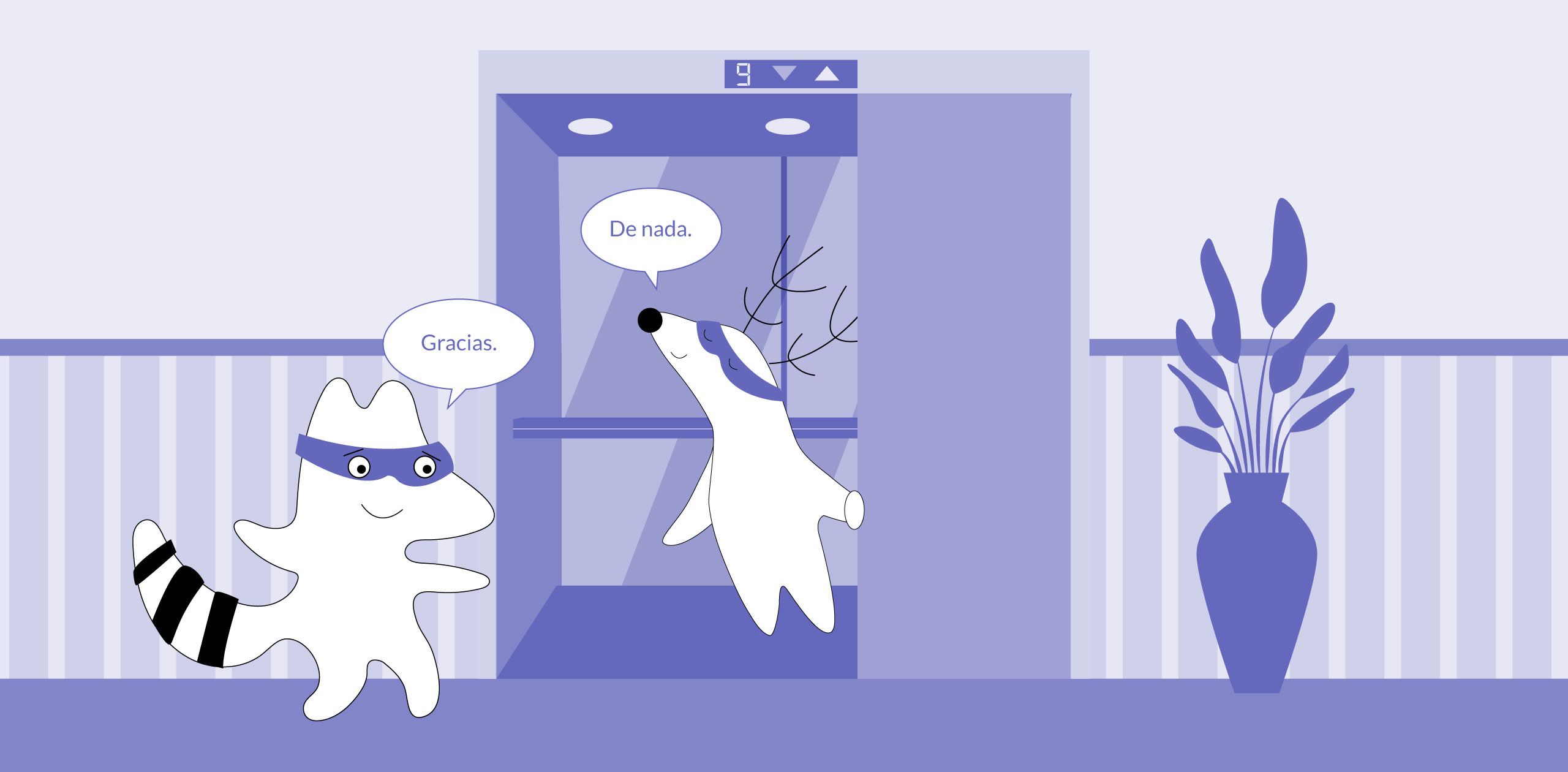
In Spanish, you can use the word for “welcome” as a transitive verb – la bienvenida – or a noun for “greeting” - bienvenido - to give someone a warm welcome. For example, ¡Dar la bienvenida! can be roughly translated as “Please welcome…” or “Say hello!” while cambio bienvenido expresses a welcome change.
However, if you want to say “You’re welcome” in Spanish when someone is thanking you – like in English – you’ll need another choice of words. Perhaps you’ve read our previous article on different ways to say Thank you in Spanish. Here, we’ve compiled a list of Spanish phrases you can use in response to making people feel welcome.
In this article, you will find several different ways to say “You’re welcome” in Spanish, which you can apply to different situations, contexts, and people, as well as the type of favor you’re being thanked for. We welcome you to check these out!
Learn Spanish with Langster
De nada
De nada is probably the most commonly used way to say "you're welcome" in Spanish. It means "it's nothing," and it's a great way to show that you're happy to help.
Spanish
English
De nada
It’s nothing
It's a very simple welcome phrase that you can use in almost any situation, whether you've done something big or small for someone or whether it’s a formal or casual response.
Alternatively to De nada, you can say Por nada or No es nada, which can also be translated as “it’s nothing.”
Spanish
English
Por nada
It’s nothing
No es nada
It’s nothing
However, keep in mind that Por nada isn’t used in every Spanish-speaking country like De nada, but rather in Latin American countries, such as Costa Rica or Puerto Rico.
No hay de qué
No hay de qué is something that you'll often hear in Spanish-speaking countries. It's used to downplay someone's thanks, and it roughly translates to "there's no need to thank me" or “don’t mention it.”
Spanish
English
No hay de qué
Don’t mention it.
You can use this welcome phrase when someone is thanking you for doing something small, like giving them a pen or giving them directions. It’s great to use when you want to be polite and show that you don't expect anything in return for your help. For example:
Spanish
English
No hay de qué, es un placer.
You're welcome, it was my pleasure.
Por supuesto
This is another common way to say "you're welcome" in Spanish. This phrase means "of course," and it is a great way to show that it’s a pleasure to help someone out.
Spanish
English
Por supuesto
Of course
You can use this phrase in both formal and casual situations. For example, it can be a great response when someone thanks you for holding the door open for them.
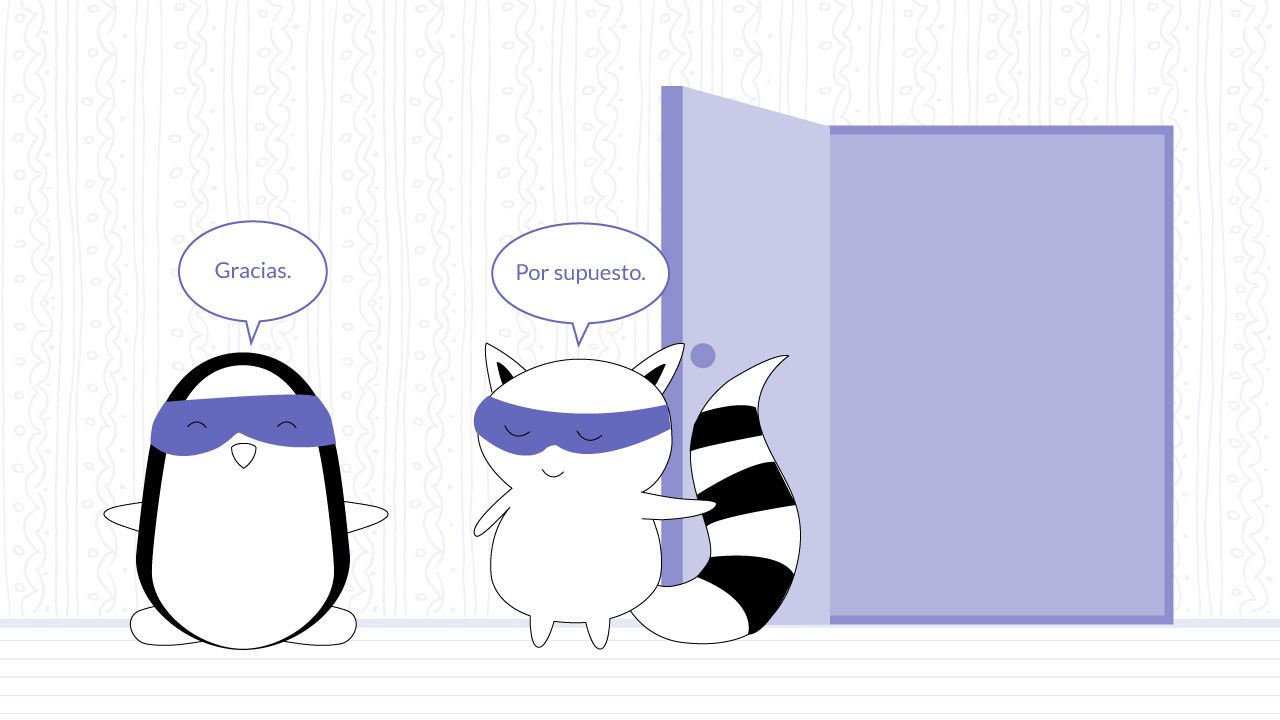
A tu servicio
A tu servicio is another greeting that you'll often hear in Spanish-speaking countries. It means "at your service," and it's usually used when someone has done something for you that's above and beyond the call of duty.
Spanish
English
A tu servicio
At your service
For example, you could use this phrase when someone says thank you for helping them carry their bags or giving them a ride home.
Alternatively, you can say A la orden, which has the same meaning.
Spanish
English
A la orden
At your command
No problema
No problema is a popular way to say "you're welcome" in Spanish. This phrase is often used informally, and it's a great way to show that you don't mind helping someone.
Spanish
English
No problema
No problem
You can say No problema in many different situations. For example, you could use it when a coworker asks you to cover for them or when a friend asks you to borrow your car.
No te preocupes
If you want something more casual than a regular “you’re welcome,” you can use this. Typically, No te preocupes is an informal phrase and means “don’t worry about it” or just “no worries.” You can use it with friends, family, or anyone else you feel comfortable with.
Spanish
English
No te preocupes
No worries
Es un placer
If you need a way to say “you’re welcome” in a formal context, here you go. The phrase means “It’s my pleasure.” You can use it when you’ve done something for someone that required some effort.
Spanish
English
Es un placer
It’s my pleasure
It can also be used to respond to someone who has just thanked you profusely.
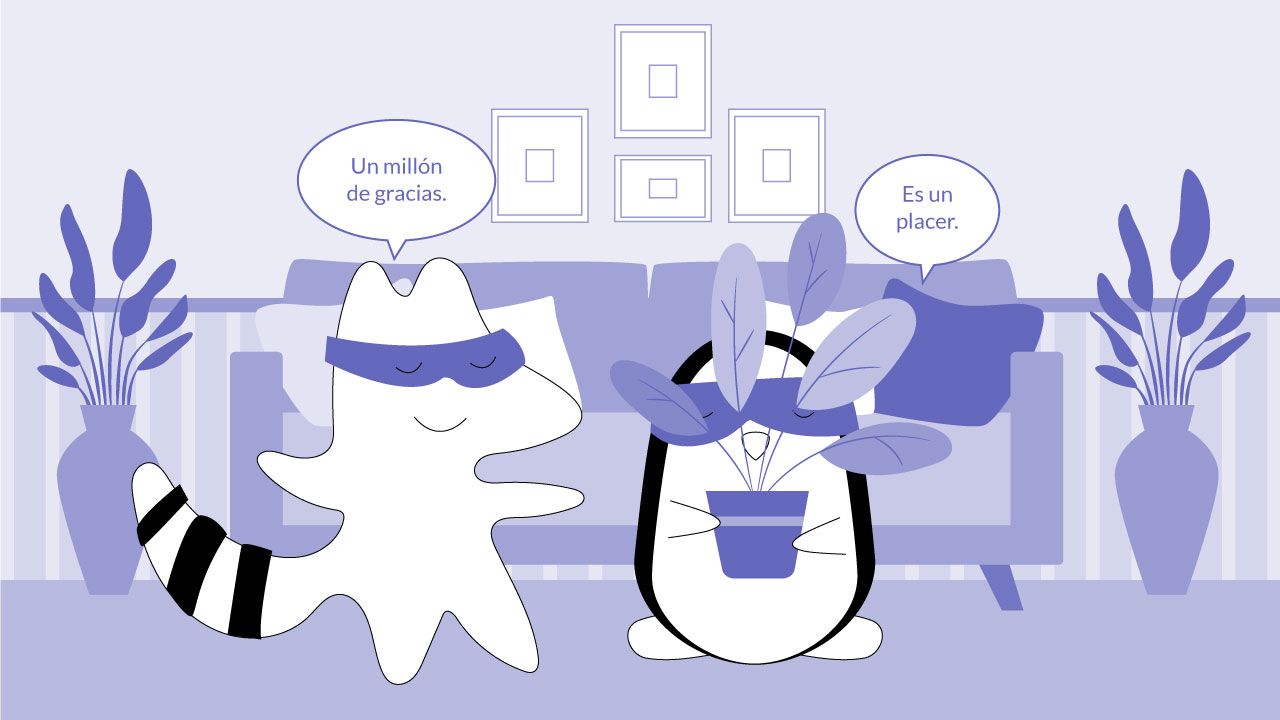
Está bien
This is a more informal phrase that means “that’s okay.” You can use it to say “you’re welcome” in Spanish when someone has just thanked you for doing something small.
Spanish
English
Está bien
That’s okay
Por favor
This is something you might not expect to see on this list, but it's actually a great way to say "you're welcome" in Spanish. This phrase means "please," and it's often used as a response to someone's thanks.
Spanish
English
Por favor
Please
For example, if someone thanks you for helping them with something small, you could say it to show that it’s a pleasure to help.
Con gusto
Con gusto or Con mucho gusto are other common ways to say "you're welcome" in Spanish. These phrases mean "with pleasure," and it's a great way to show that you're happy to help someone.
Spanish
English
Con gusto
With pleasure
You can say Con mucho gusto in a variety of different situations. For example, you could use it to say “you’re welcome” when a friend thanks you for helping them with their Spanish homework.
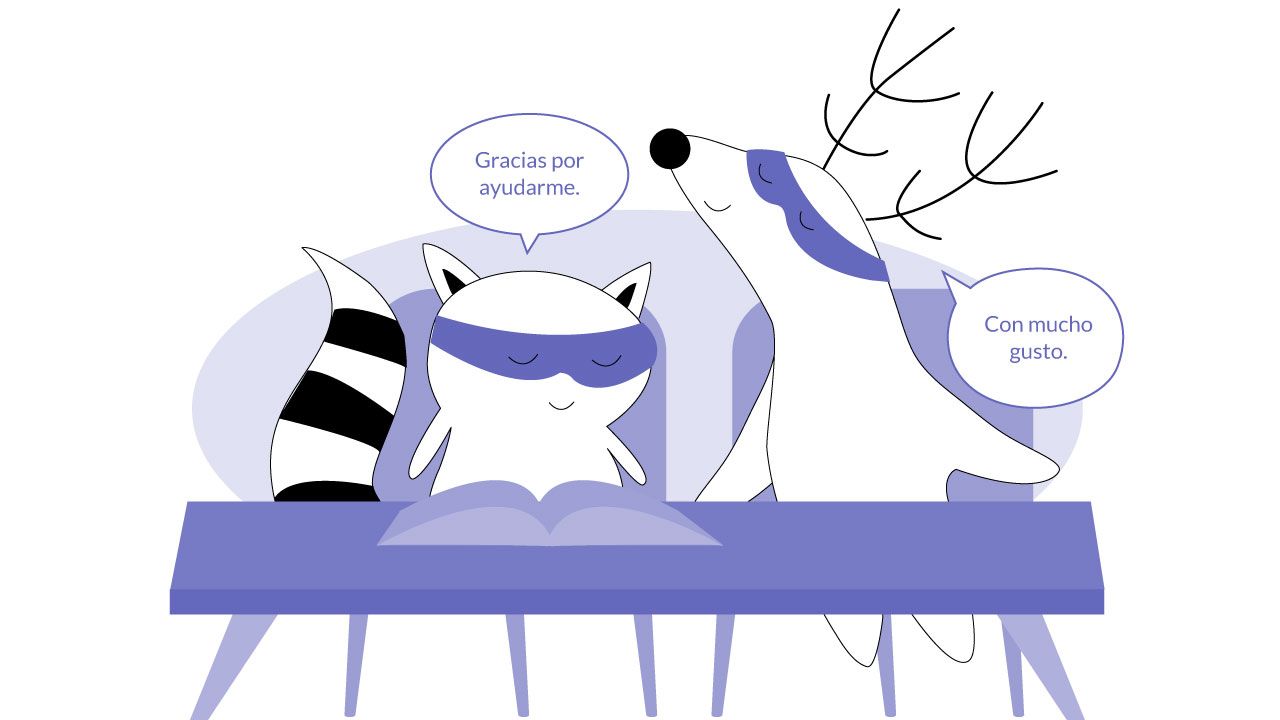
Lo mismo a ti
Lo mismo a ti is another way to say "you're welcome" in Spanish. This phrase means "the same to you," and it's a great way to sign that you've actually enjoyed the process of helping someone.
Spanish
English
Lo mismo a ti
The same to you
It’s a very versatile welcome phrase, so you could use it when a friend thanks you for lending them your notes or when a coworker thanks you for working on a project together.
Alternatively, you can say A ti también which means "to you too," and is another way to say it was a pleasure to help them and be polite in your response.
Gracias, las que te adornan
This phrase translates as “Grace is what's adorning you” and is not only a casual way of responding to Gracias - thank you - but it’s also got a flirty tone.
Spanish
English
Gracias, las que te adornan
Grace is what's adorning you
This phrase doesn’t really mean “welcome” in Spanish and is typically used to give compliments to both men and women.
The Bottom Line
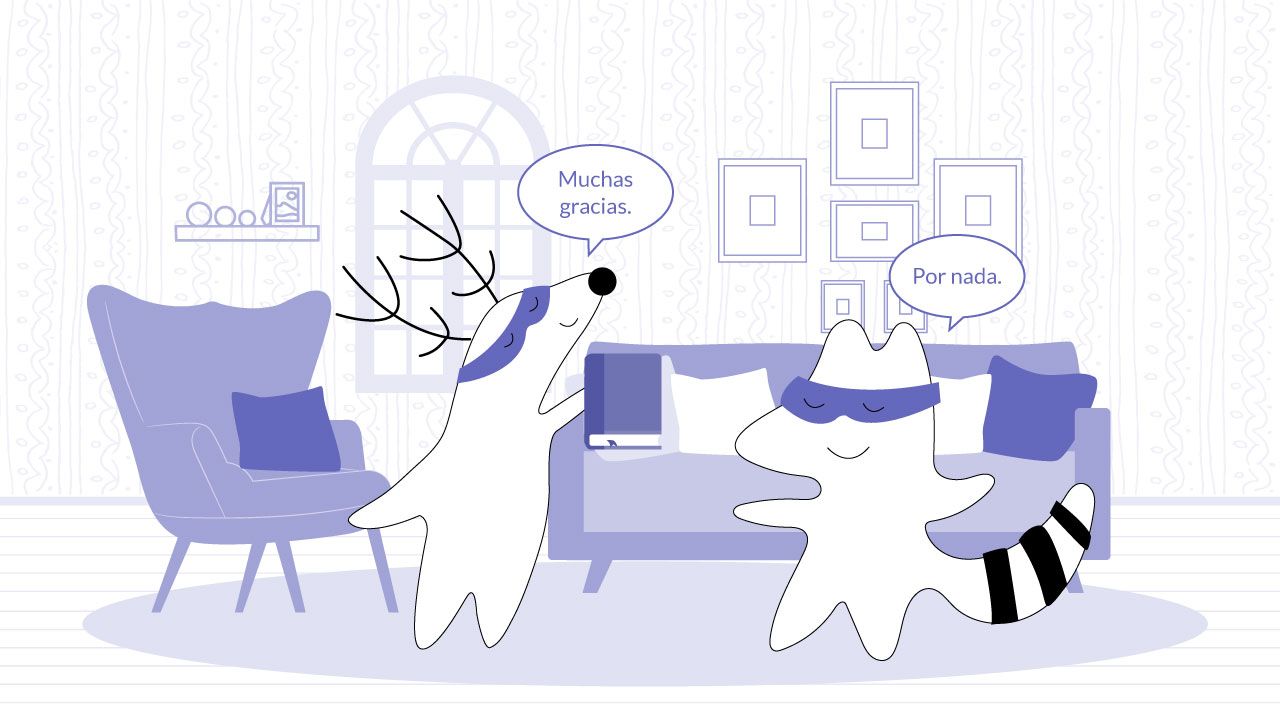
There are many different ways to say "You're welcome" in Spanish, and we've covered the most common phrases in this article. Each phrase has a slightly different meaning, and it's essential to use the right one in the proper context.
If you’re looking for ways to diversify your Spanish learning experience, download our Langster app and start rapidly learning the language with news and stories. This will help you expand your Spanish vocabulary, improve pronunciation, and explore different contexts for the phrases we’ve mentioned above. Good luck!
Learn Spanish with Langster







